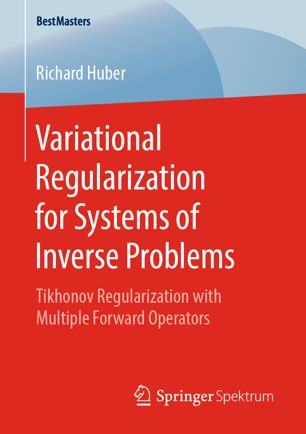

Most ebook files are in PDF format, so you can easily read them using various software such as Foxit Reader or directly on the Google Chrome browser.
Some ebook files are released by publishers in other formats such as .awz, .mobi, .epub, .fb2, etc. You may need to install specific software to read these formats on mobile/PC, such as Calibre.
Please read the tutorial at this link: https://ebookbell.com/faq
We offer FREE conversion to the popular formats you request; however, this may take some time. Therefore, right after payment, please email us, and we will try to provide the service as quickly as possible.
For some exceptional file formats or broken links (if any), please refrain from opening any disputes. Instead, email us first, and we will try to assist within a maximum of 6 hours.
EbookBell Team

5.0
20 reviewsTikhonov regularization is a cornerstone technique in solving inverse problems with applications in countless scientific fields. Richard Huber discusses a multi-parameter Tikhonov approach for systems of inverse problems in order to take advantage of their specific structure. Such an approach allows to choose the regularization weights of each subproblem individually with respect to the corresponding noise levels and degrees of ill-posedness.